Northern Thailand exists in its own temporal dimension, where traditional ways of life continue alongside modern developments at a pace that feels deliberately unhurried. The mountainous geography has historically isolated communities, preserving cultural practices and architectural traditions that disappeared elsewhere.
hile Chiang Mai serves as the region’s bustling hub, venturing beyond reveals smaller towns and villages where time seems to flow according to different rules—places where morning mist clings to temple rooftops, afternoon markets unfold without urgency, and evenings bring unhurried conversations around food stalls.
Here is a list of 15 towns across Northern Thailand where visitors can experience this distinctive relationship with time, along with the cultural treasures this temporal shift has preserved.
Pai
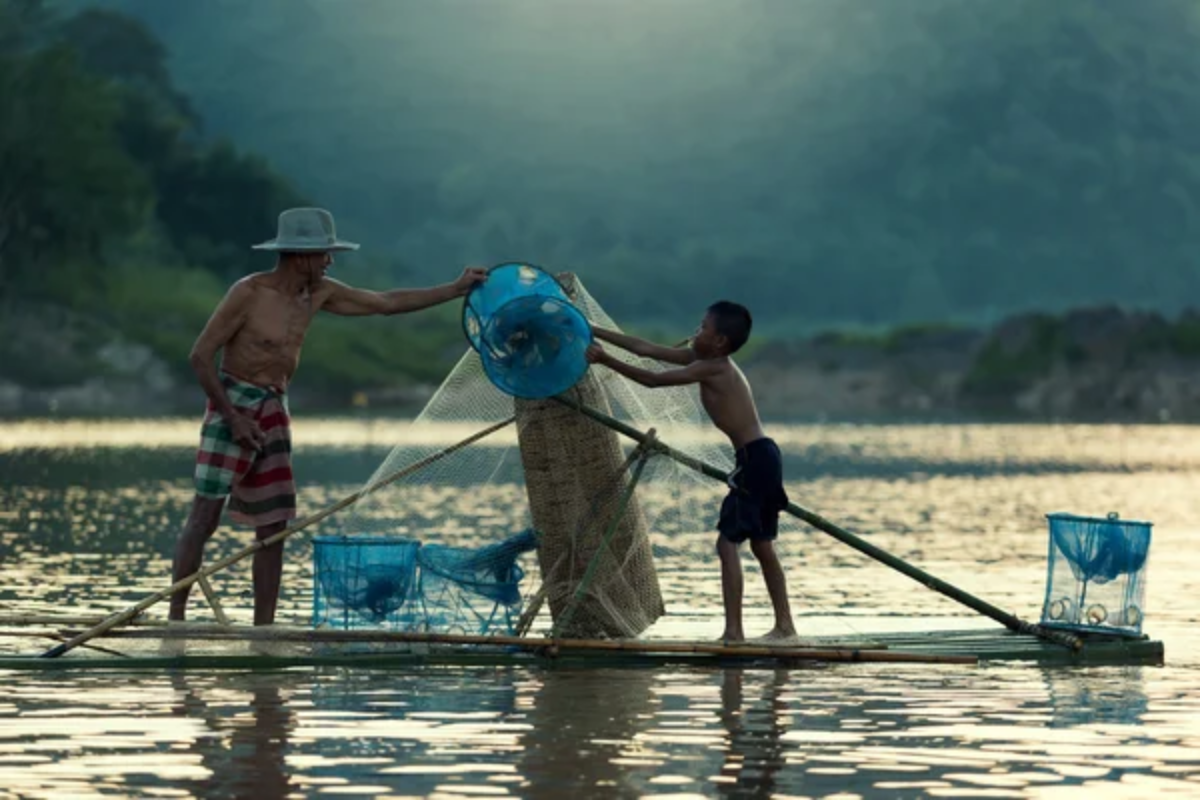
This mountain town three hours from Chiang Mai operates on what locals jokingly call “Pai time” – a notably slower rhythm than even Thai time. Morning fog blankets the valley until mid-morning, naturally delaying the start of each day. The town center consists of just a few walking streets where restaurants might open whenever the owner arrives and close when they feel tired rather than adhering to posted hours.
Long-term visitors find themselves unconsciously adjusting their watches and expectations, measuring days by the position of the sun rather than clock hands. The surrounding countryside of hot springs, waterfalls, and rice terraces encourages day trips that unfold at whatever pace feels right rather than rushed itineraries.
Mae Hong Son
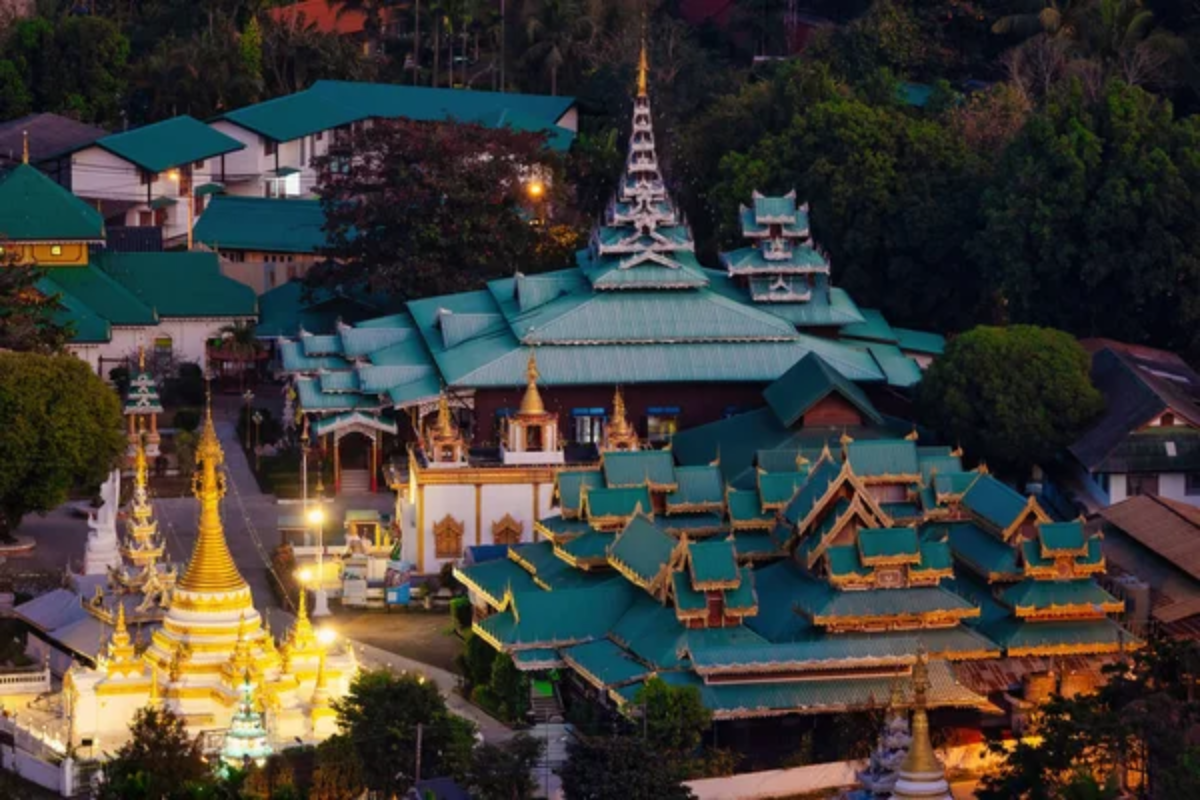
Nestled against Myanmar in Thailand’s far northwest, this provincial capital remains physically isolated by 1,864 mountain curves on the road from Chiang Mai. The town wraps around Jong Kham Lake with its twin Burmese-style temples whose reflections double in the still waters at dawn and dusk. Residents maintain cultural connections with the Shan people across the border, creating distinctive food, architecture, and traditions unlike elsewhere in Thailand.
The morning market operates based on agricultural rhythms rather than fixed hours, while afternoon heat encourages widespread siesta practices abandoned in more modernized areas. The persistent fog between November and February creates natural periods where activities simply pause until visibility improves.
Like Travel Pug’s content? Follow us on MSN.
Chiang Khan
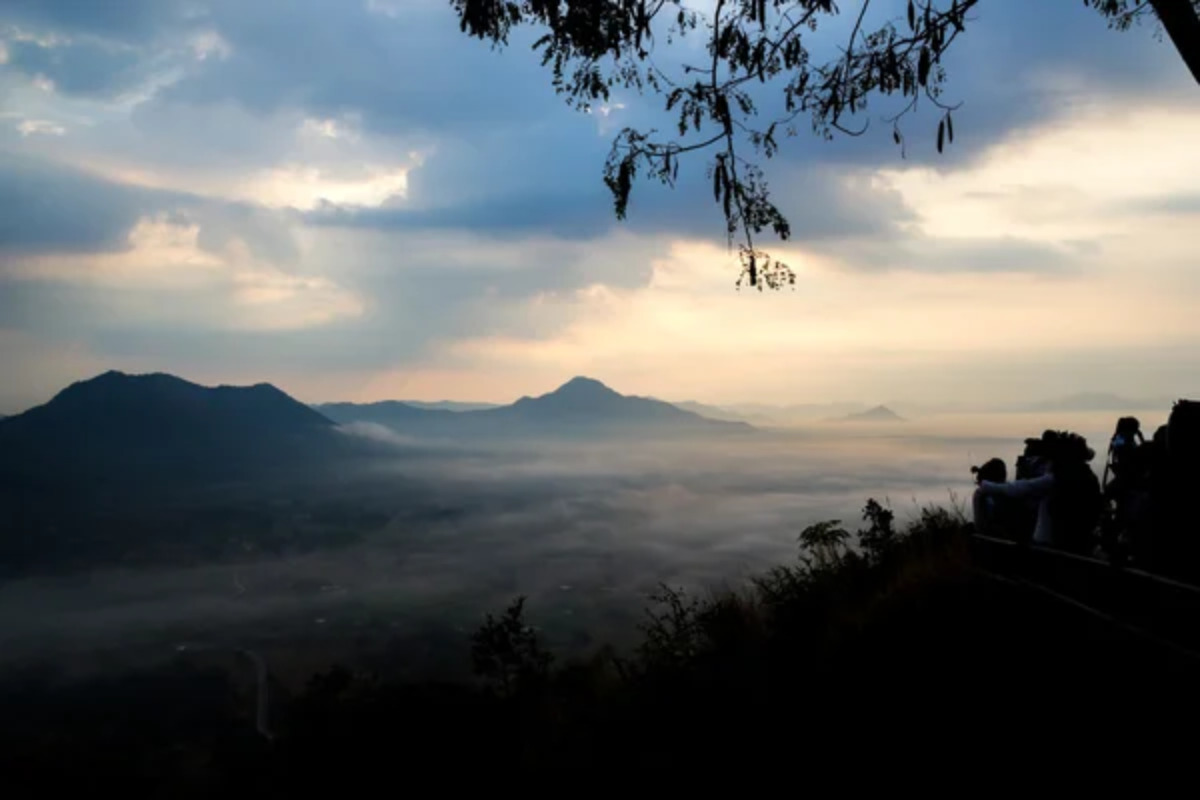
This riverside town along the Mekong bordering Laos preserves wooden shophouses from the early 20th century, creating streetscapes that transport visitors to another era. The morning alms-giving to monks proceeds at dawn exactly as it has for centuries, while elderly residents emerge with traditional woven pillows to socialize on their teakwood porches as they have throughout their lives.
Walking Street market unfolds each evening as it did generations ago, with family recipes passed through multiple generations. The town observes a remarkably quiet hour starting at 9 PM when businesses voluntarily close to maintain the peaceful atmosphere that defines the community. The river itself sets a languid pace, with fishermen working according to seasonal flows unchanged for centuries.
Mae Salong
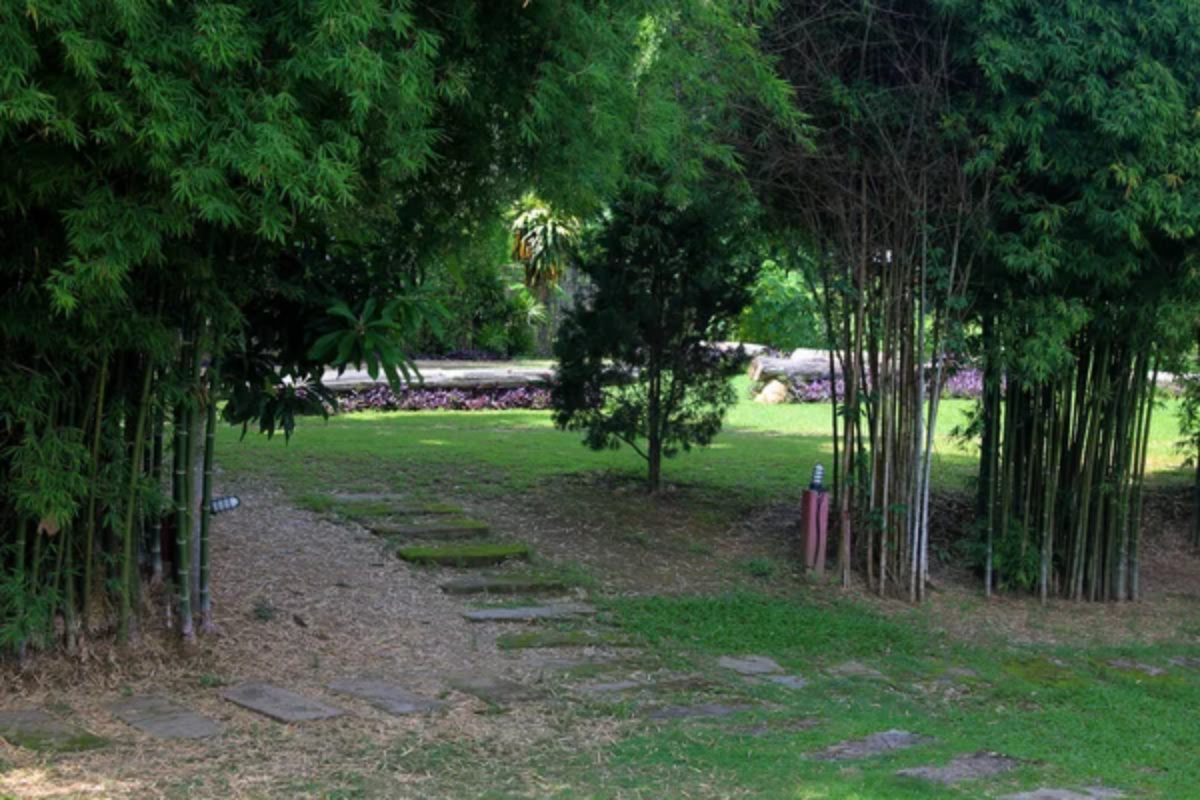
Founded by Chinese Kuomintang soldiers retreating after China’s civil war, this mountain town operates on a curious blend of Thai, Yunnanese, and Akha temporal systems. Tea plantations surrounding the town function according to harvest schedules determined by weather patterns rather than calendars, while morning markets sell Chinese specialties following traditions brought from Yunnan province decades ago.
The town’s physical elevation at 1,800 meters creates natural cycles of mist and clarity that dictate daily rhythms more powerfully than clocks. Many residents maintain familial connections across borders that predate modern nation-states, preserving cultural practices from a China that no longer exists even in China itself.
Phayao
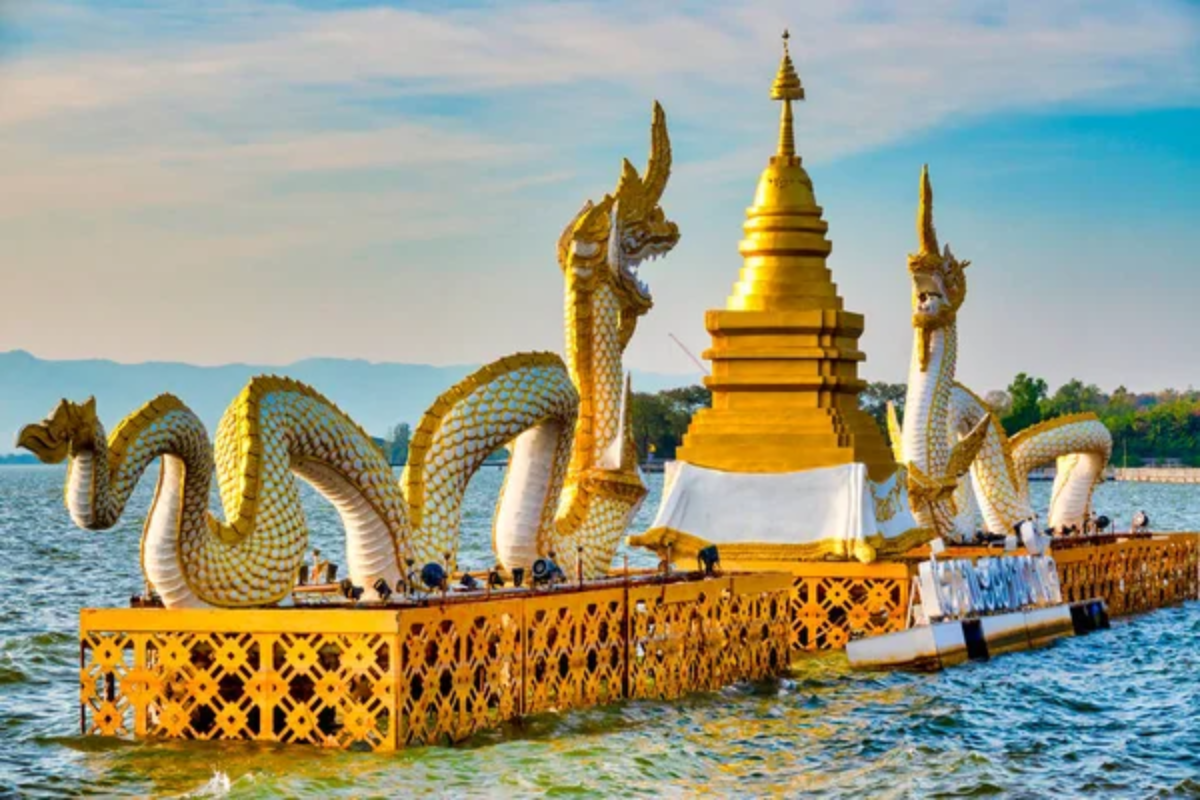
This lakeside town centers life around Thailand’s largest freshwater lake in the north, Kwan Phayao, where fishing practices follow methods established generations ago. The waterfront promenade fills each evening as families stroll in the evenings with no particular destinations, simply enjoying the cooling temperatures and sunset reflections on the water.
Local temples maintain prayer schedules aligned with astronomical observations rather than mechanical timekeeping, while markets operate based on when fishing boats return rather than fixed hours. The giant seated Buddha at Wat Si Khom Kham oversees daily life that continues at a pace determined more by natural cycles than modern urgency, with long lunch breaks persisting despite their disappearance in larger cities.
Like Travel Pug’s content? Follow us on MSN.
Nan
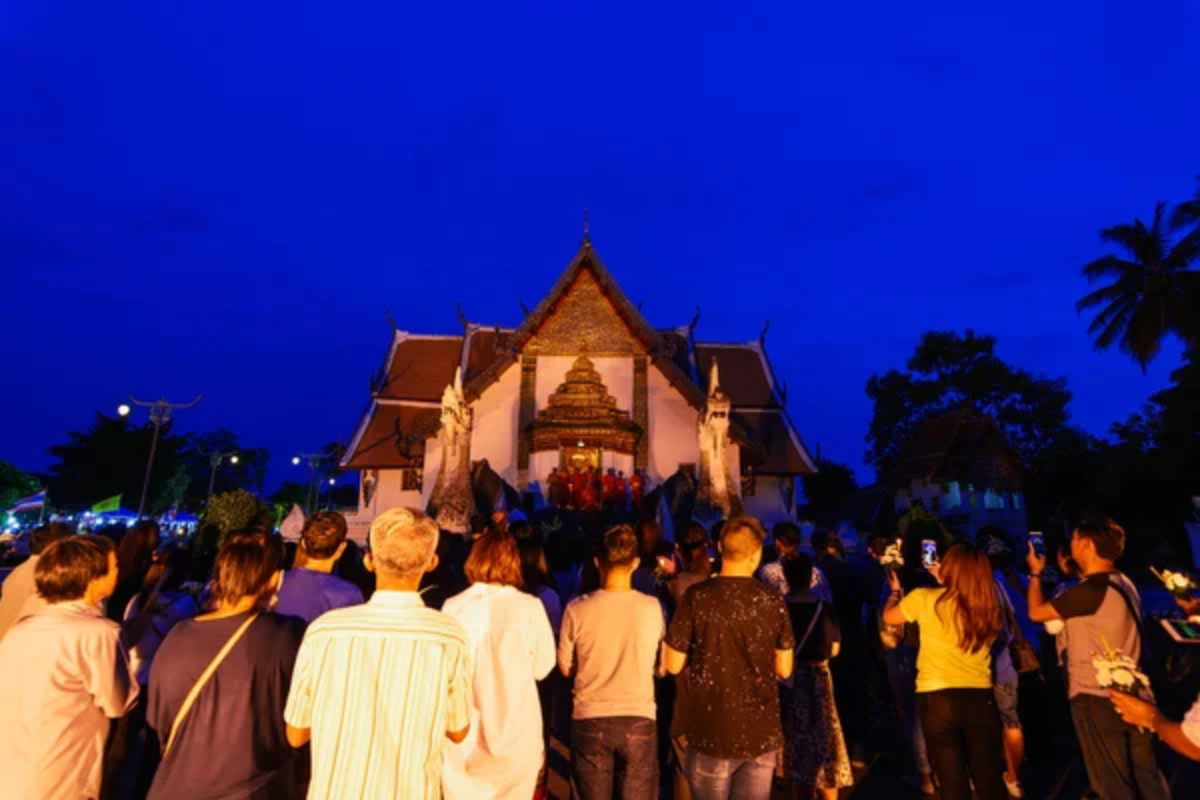
This former independent kingdom maintains distinctive cultural traditions owing to its historical isolation from central Thai influence. The morning market reflects agricultural cycles unchanged for generations, while the afternoon shuttering of businesses during peak heat continues despite air conditioning availability.
The town’s numerous temples contain unique mural paintings depicting daily life from previous centuries, showing continuity in how residents structure their days. Elderly craftspeople continue producing traditional textiles using natural dyes harvested seasonally, their work schedule determined by daylight rather than electric lighting.
The surrounding mountains historically limited outside contact, preserving a relationship with time as much based on natural observation as on standardized measurement.
Lampang
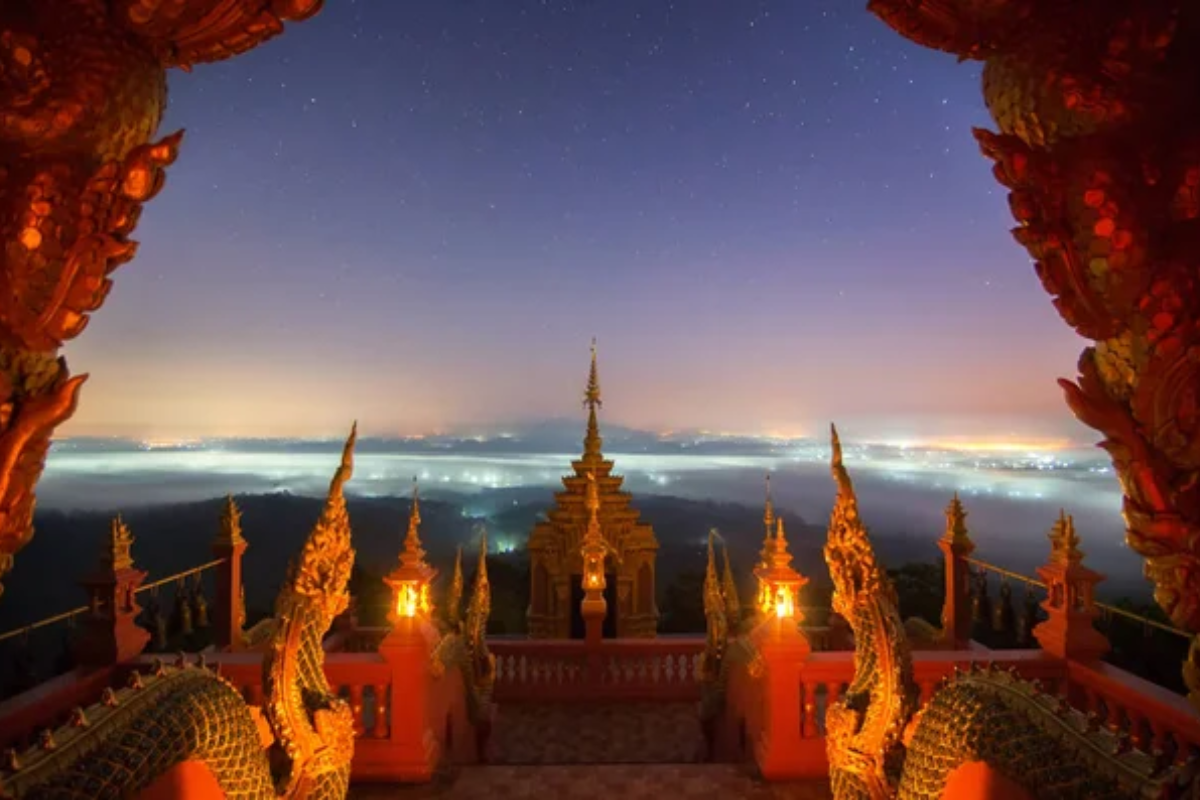
Known for horse-drawn carriages that still serve as functional transportation rather than merely tourist attractions, this city maintains connections to pre-automotive temporal rhythms. The extensive teak architecture throughout the old town comes from an era when construction proceeded according to available daylight and seasonal conditions rather than accelerated modern timelines.
Morning alms collection by monks creates a daily community timing marker, while the famous ceramic industry operates kilns that require attendance according to firing schedules rather than conventional work hours. Weekend markets unfold across walking streets that temporarily banish modern vehicles, creating periodic returns to earlier temporal experiences within the modern week.
Mae Sariang
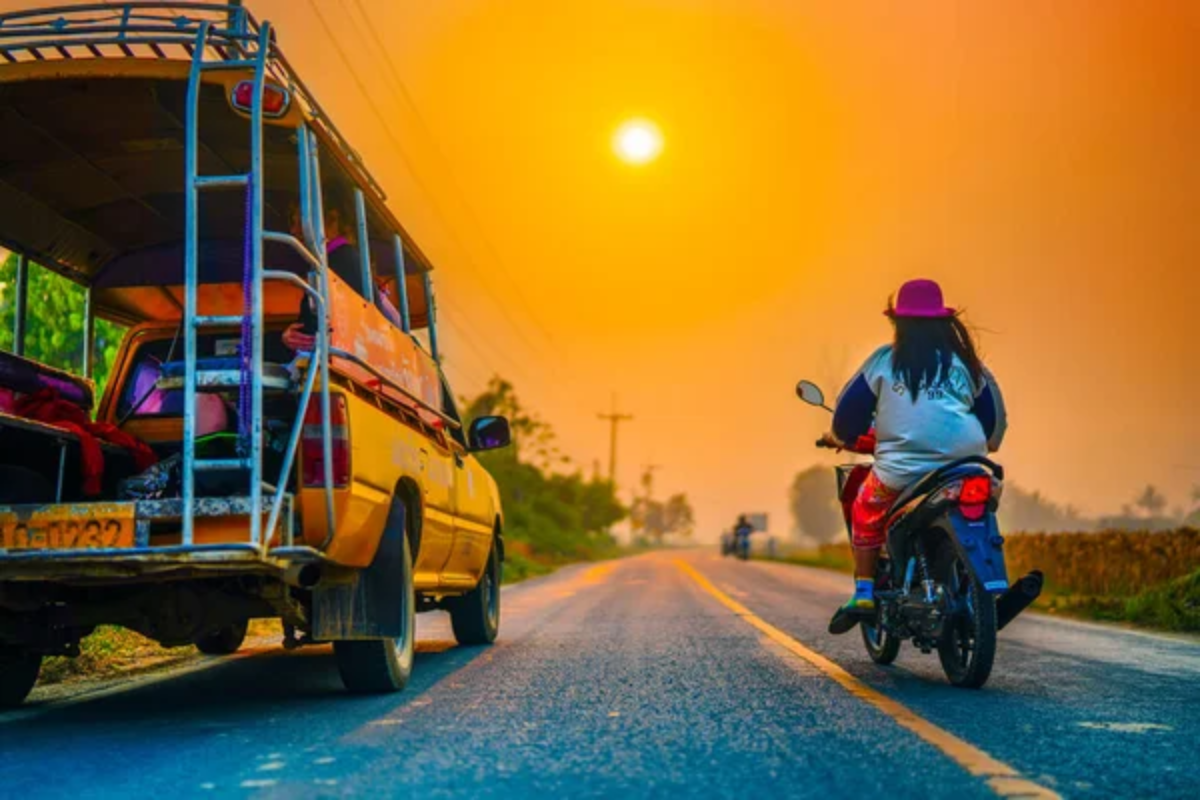
Located along the border with Myanmar on the Mae Hong Son Loop, this town sits at a cultural crossroads where Karen, Shan, and northern Thai temporal systems blend. Agricultural cycles visible in the surrounding hills determine market availability more definitively than supply chain logistics.
The town’s remoteness from major highways has preserved morning routines around temples and markets that disappeared elsewhere decades ago. Afternoons often feature informal community gatherings where elders share stories with younger generations, maintaining oral histories through unhurried conversation rather than scheduled presentations.
The nearby Salween River creates natural boundaries and flow patterns that influence human activity more significantly than administrative borders.
Like Travel Pug’s content? Follow us on MSN.
Phrae
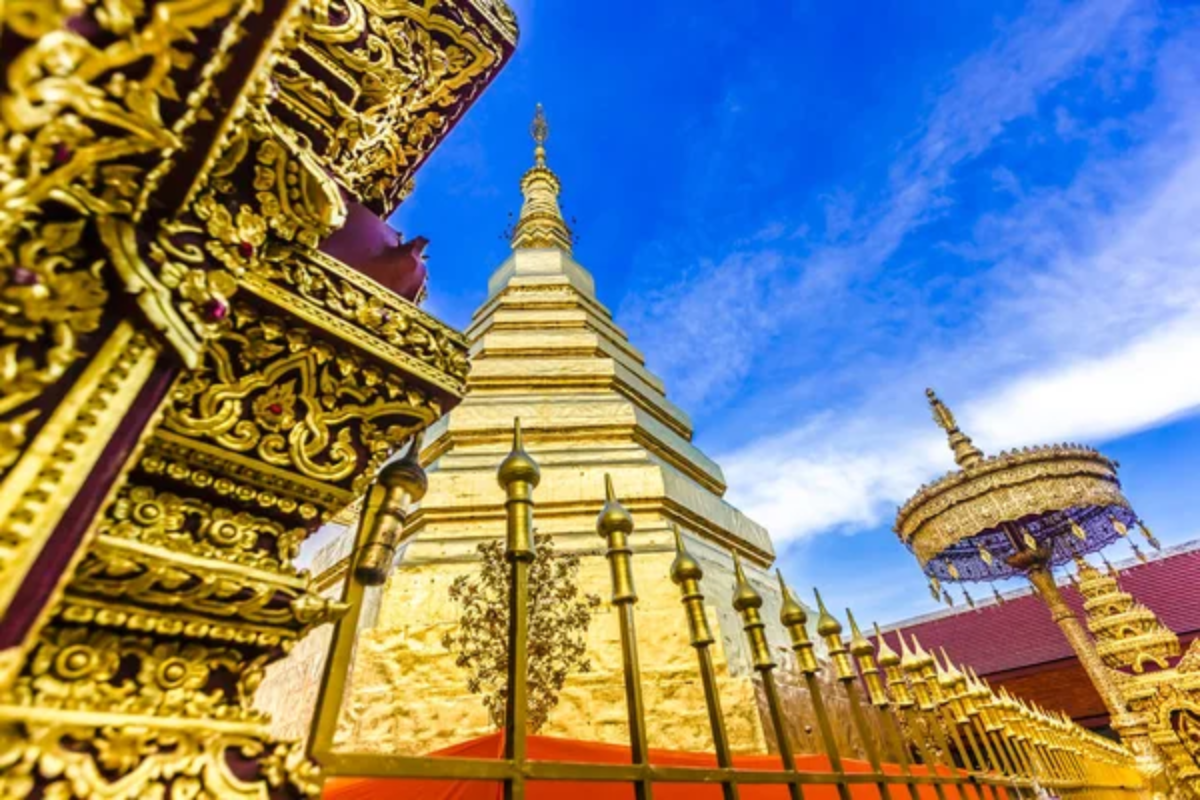
This former center of the teak industry preserves magnificent wooden mansions built by logging barons who operated on seasonal extraction schedules rather than year-round production demands. The old city maintains its moat and earthen walls, creating a physical separation between the historical core and surrounding modern development with their different temporal expectations.
Traditional indigo dyeing workshops operate according to fermentation periods determined by temperature and humidity rather than standardized processing times. Morning food markets begin and end earlier than elsewhere in the country, maintaining agricultural traditions established when farm work required predawn starts to avoid midday heat – a practice that continues despite modern alternatives.
Mae Chaem
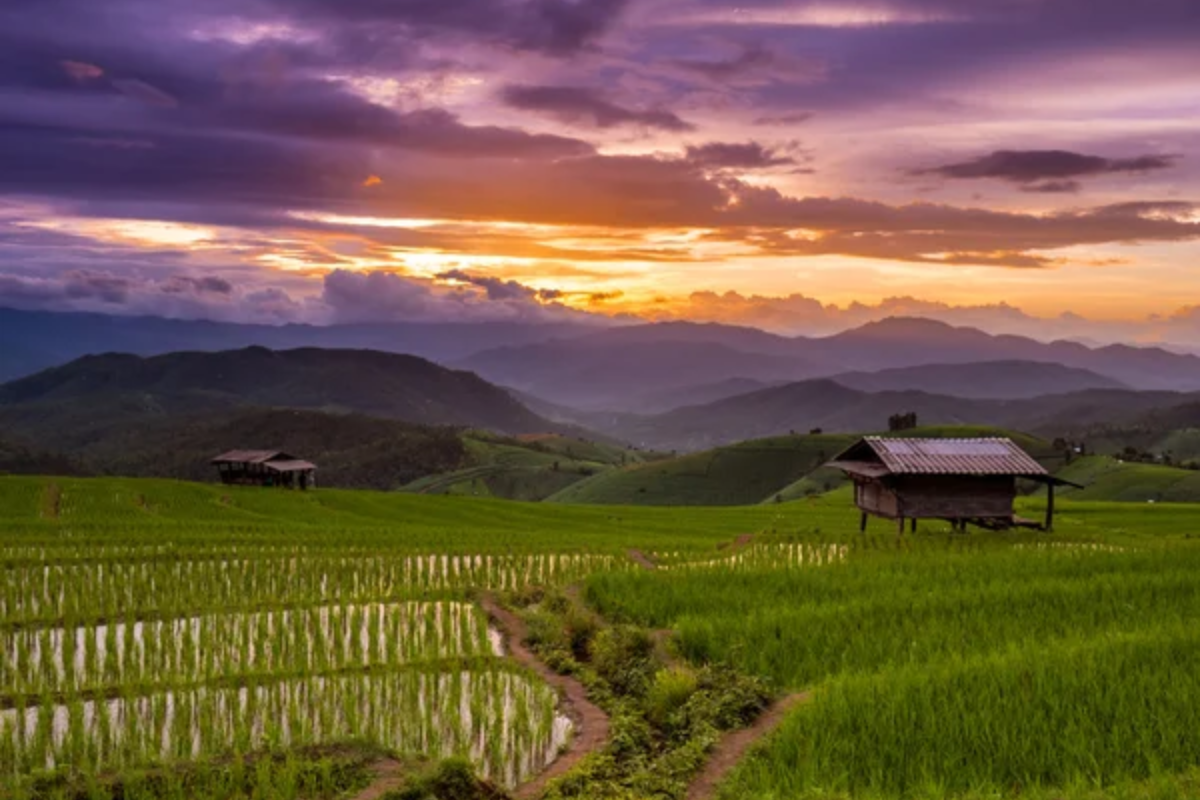
This small town west of Chiang Mai organizes its annual calendar around the distinctive Jom Thong ceremony, where cloth is wrapped around the chedi of Wat Phra That Jom Thong using a unique community coordination system developed centuries ago. The surrounding Karen villages maintain calendar systems based on lunar observations that sometimes diverge from the standard Thai calendar, creating occasional misalignments in market days and festivals that locals navigate without concern.
The famous local longan fruit cultivation follows harvesting patterns determined by tree maturity and weather conditions rather than market demands, creating a seasonal rhythm that dominates the local economy. The Mon-influenced temple architecture reminds visitors that this area operated on different cultural systems long before modern Thailand existed.
Pua
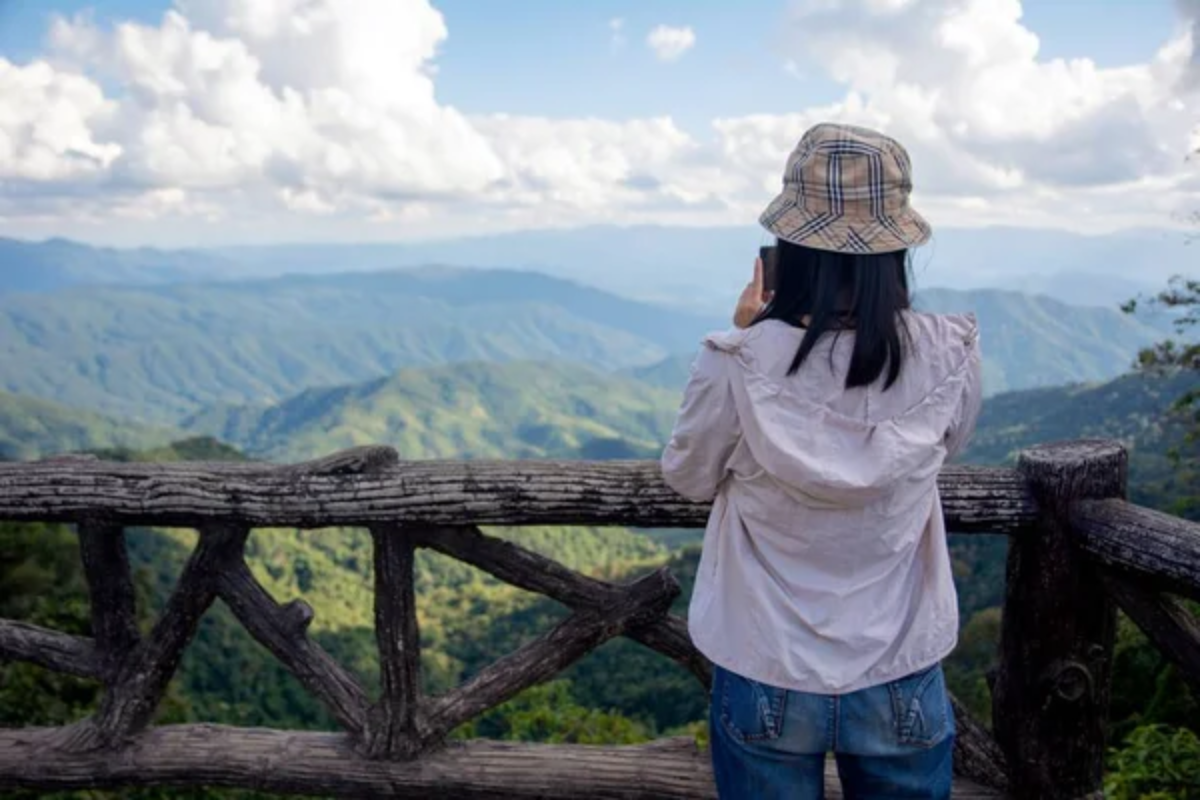
This small Nan province town centers around a walking street that comes alive for evening markets operating on community-determined schedules rather than municipal regulations. The surrounding mountains host traditional Hmong villages where agricultural activities follow seasonal observations and elder wisdom rather than agricultural extension advice or chemical application schedules.
Local weavers produce distinctive Nan fabrics following patterns unchanged for generations, working according to available natural light rather than fixed production quotas. The physical layout of the town encourages natural gathering points where conversations unfold without predetermined end times, creating social connections based on completion rather than duration.
Like Travel Pug’s content? Follow us on MSN.
Chiang Kham
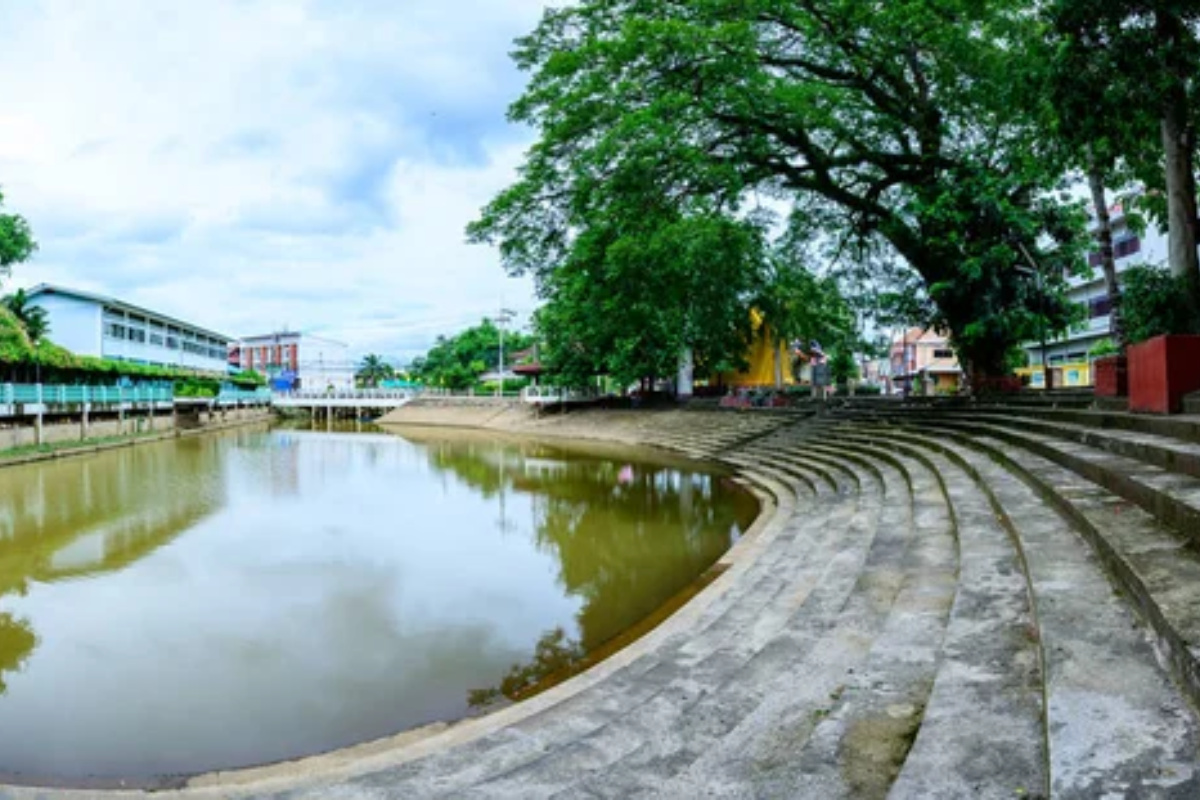
This district in Phayao province contains one of Thailand’s largest Thai Lue communities, which maintain distinctive cultural practices, including textile traditions that operate on seasonal natural dye availability rather than consistent synthetic color production. The morning alms-giving features distinctive Lue food offerings following traditions brought from southwestern China centuries ago and maintained through community practice rather than formal instruction.
Local temples contain murals showing daily life activities timed according to natural observations rather than mechanical timekeeping, depicting a relationship with time that continues in current residents’ daily routines. The nearby Phi Pan Nam mountain range historically isolated this community, preserving temporal practices increasingly rare elsewhere.
Tha Ton
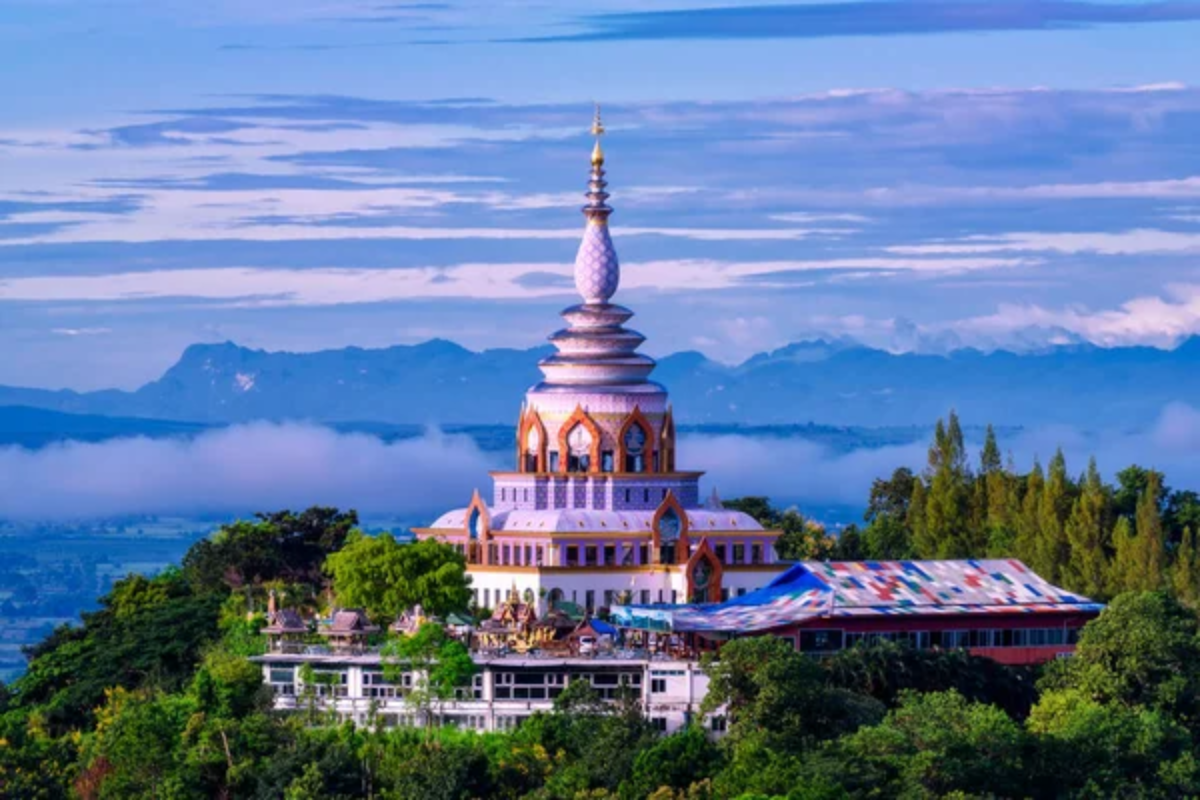
Positioned at the northernmost navigable point of the Kok River, this small town marks the traditional boundary where land-based mountain time transitions to river-based transportation time. The hillside Wat Tha Ton temple complex features a walking meditation path designed to be experienced without time constraints, ascending through multiple levels representing Buddhist cosmology at whatever pace feels spiritually appropriate.
The boat landing continues to serve traditional long-tail boats traveling downriver to Chiang Rai, operating on river conditions rather than scheduled departures. The surrounding hill tribe villages maintain agricultural calendars based on specific mountain microclimates rather than standardized regional predictions, creating a patchwork of different temporal systems visible in the terraced fields surrounding the town.
Wiang Haeng
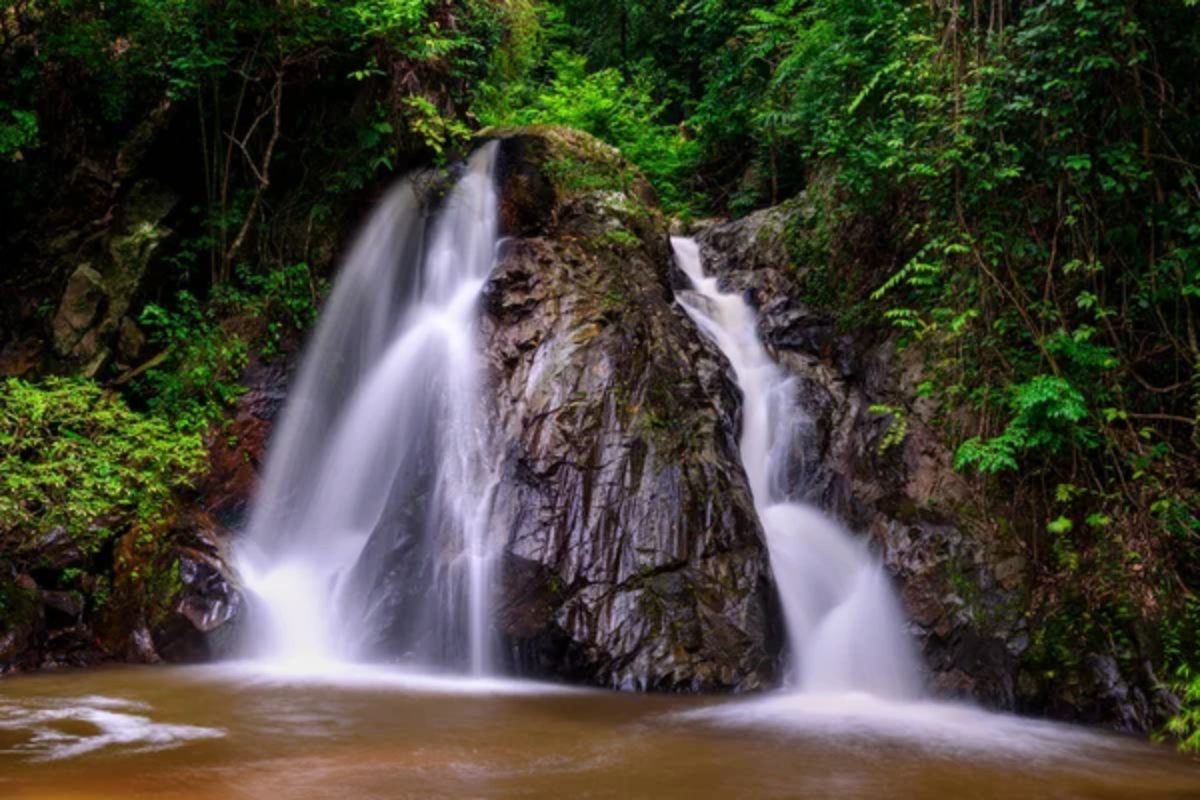
This remote district along the Myanmar border maintains connections with Shan communities across the international boundary, preserving cultural practices from before modern border enforcement. Local temples combine architectural elements from several traditions, reflecting historical periods when different kingdoms controlled the area and operated on different calendrical systems.
The Monday market brings together producers from surrounding mountains operating on agricultural timeframes rather than weekly planning, creating occasional missed connections when lunar and solar calendars misalign. The town’s physical isolation by mountain ranges naturally enforces a slower communication pace with the outside world, preserving local temporal autonomy increasingly rare in connected regions.
Like Travel Pug’s content? Follow us on MSN.
Sukhothai Historical Park
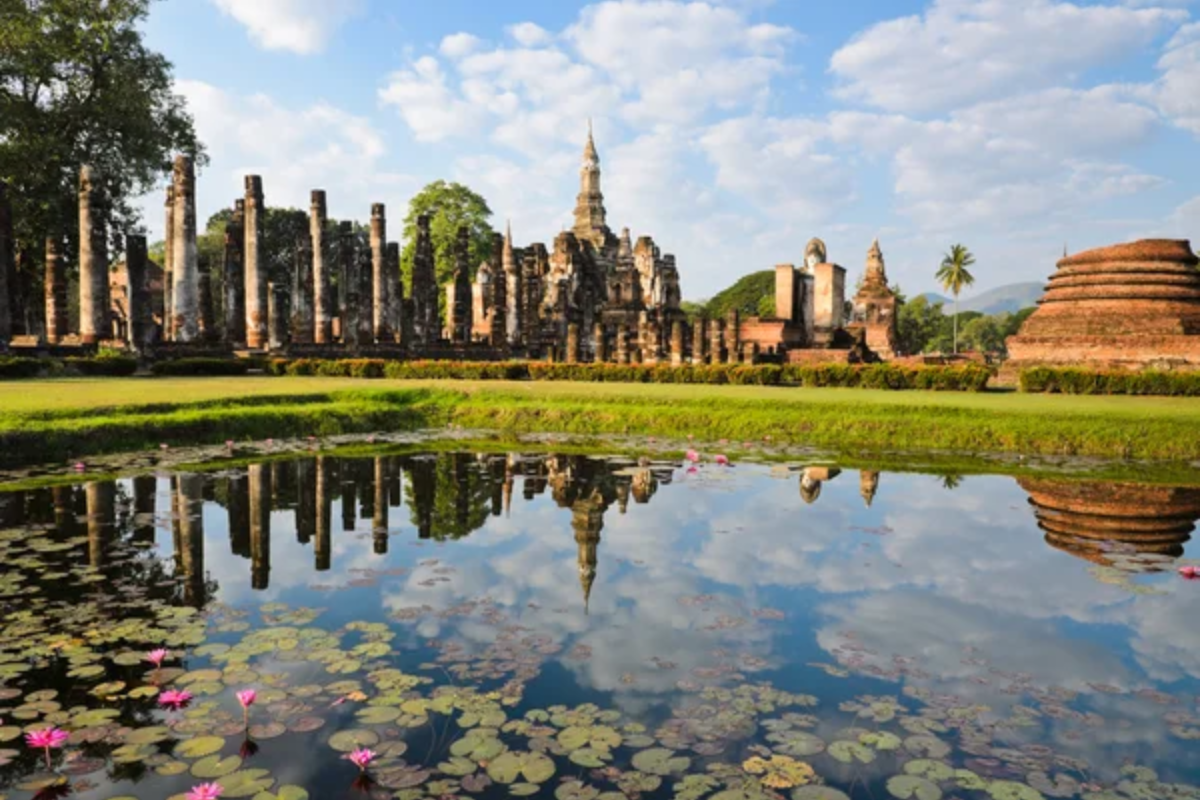
While the modern town operates conventionally, the adjacent ruins of Thailand’s first capital preserve architectural alignments with solstices and celestial events that reveal sophisticated temporal awareness predating mechanical timekeeping. The park’s extensive grounds encourage visitors to abandon hurried tourism for contemplative exploration of temple ruins that once operated on ritual calendars determined by astronomical observation rather than standardized time.
Dawn light creates specific illumination effects on key monuments that can only be appreciated through patience and timing. The surrounding rural communities maintain agricultural practices visible from the park’s elevated viewpoints that follow seasonal rhythms established during the kingdom’s 13th-century peak that prove surprisingly resilient despite technological change.
The Pace That Preserves
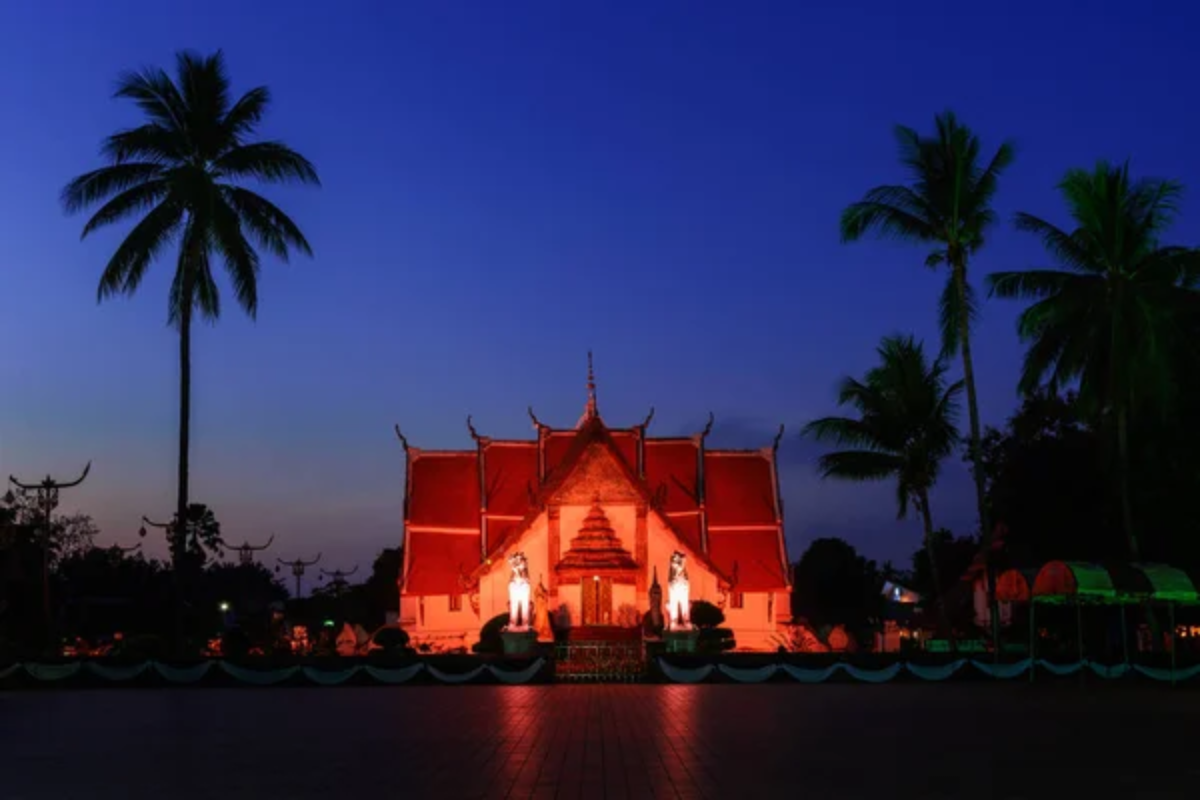
Northern Thailand’s distinctive temporal experience offers visitors more than merely a slower vacation rhythm – it provides insight into how communities structured time before global standardization. These towns maintain connections to natural cycles, agricultural necessities, and cultural practices that created distinctive local temporalities resistant to homogenization.
For travelers accustomed to digital precision and scheduled efficiency, these places offer not just physical journeys but temporal migrations to experience how time feels when measured by different standards than universal coordinated time.
More from Travel Pug

- 20 Towns Built for One Purpose That Were Later Abandoned
- 15 Hidden Spots in Disney World’s Magic Kingdom Most Visitors Miss
- 20 Once-Popular Beach Towns That Are Now Ghostly Empty
- 15 Canyons in the U.S. That Are Just as Stunning as the Grand Canyon
- 10 Under-the-Radar Mountain Towns That Are Both Affordable and Beautiful
Like Travel Pug’s content? Follow us on MSN.
